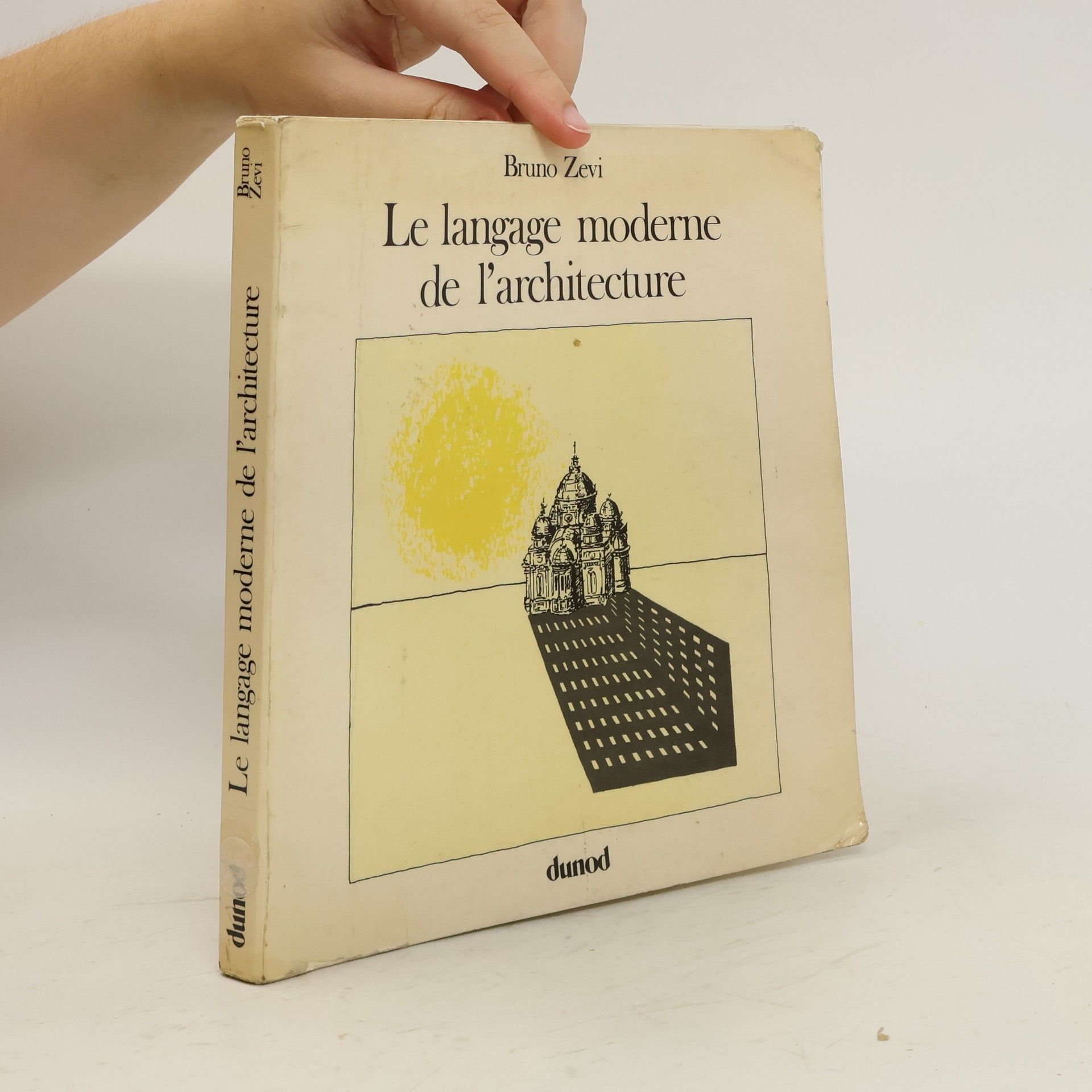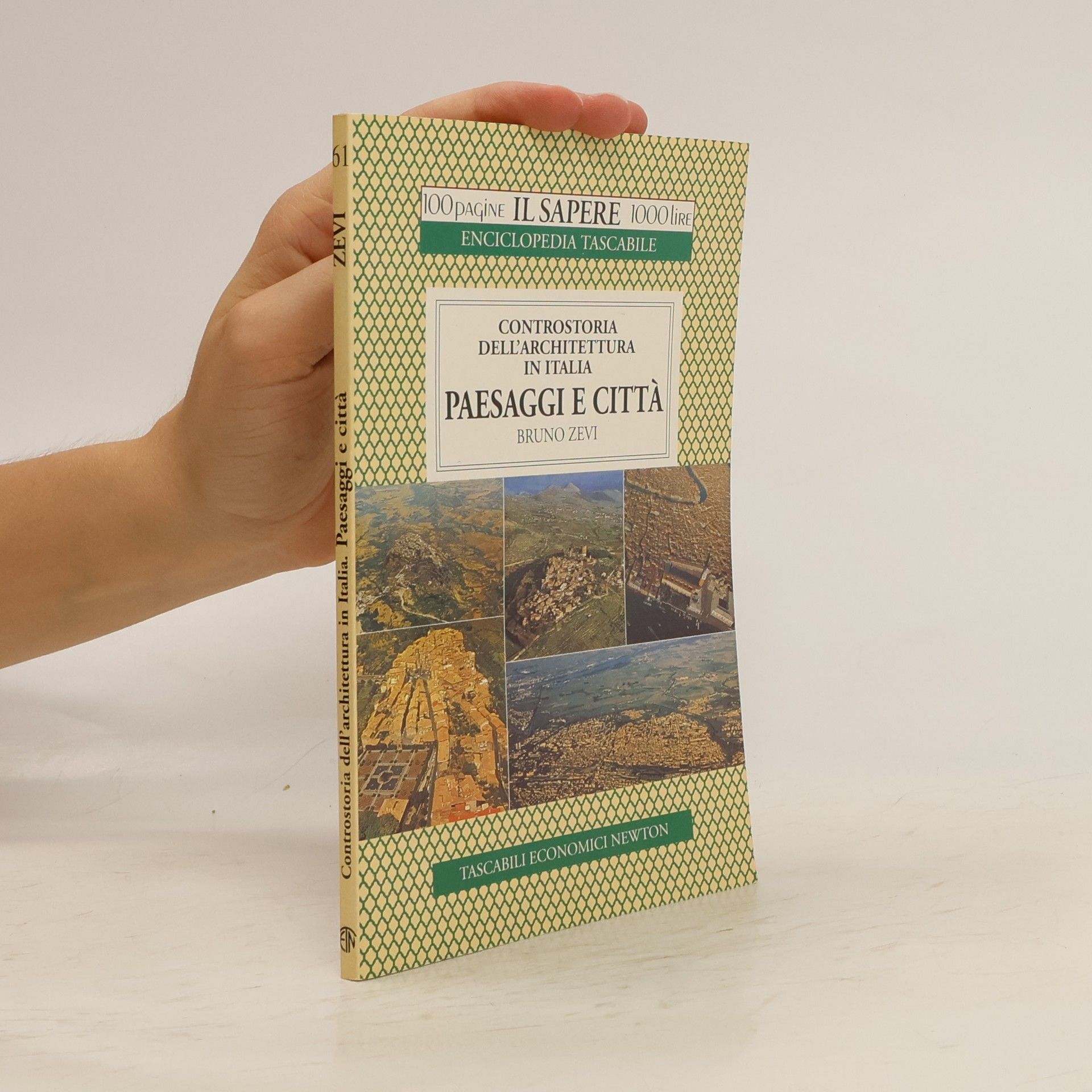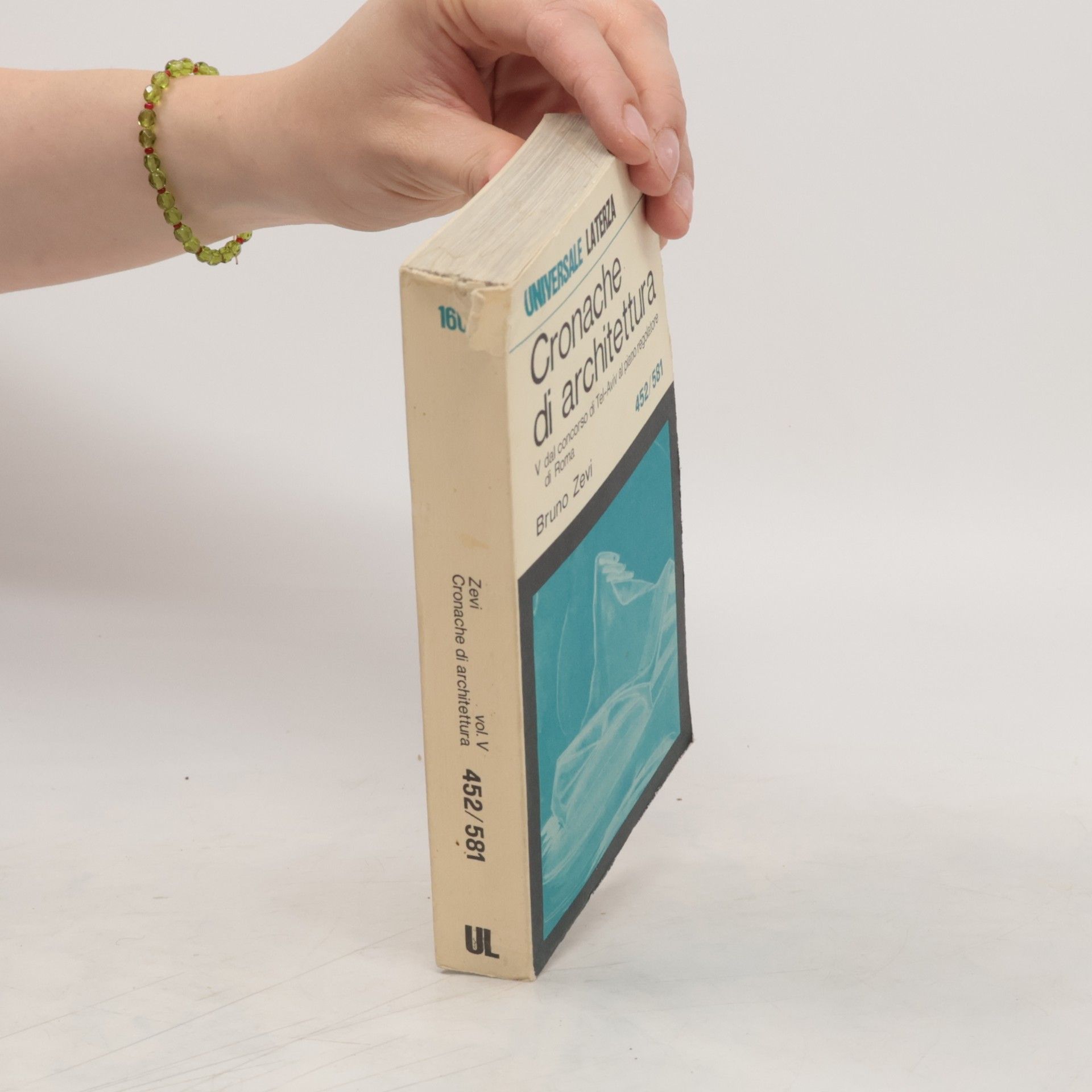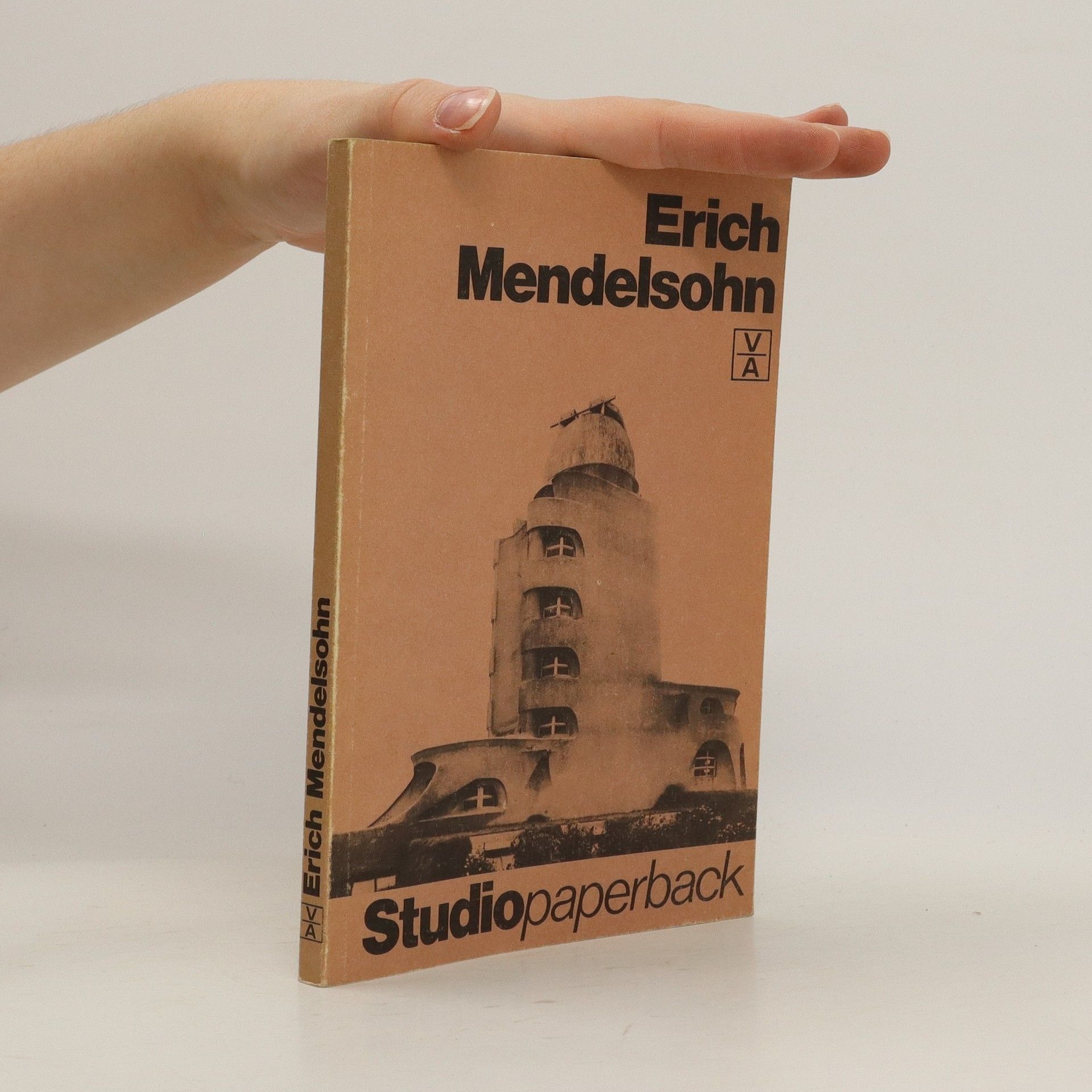Autor se zamýšlí nad všeobecnou neznalostí, nezájmem a neporozuměním moderní architektuře. Účelem studie je proto naučit dívat se na moderní architekturu a vysvětlit její podstatu. V jednotlivých kapitolách objasňuje pojem časoprostoru a jeho význam v architektuře, zobrazování prostoru a hlediska, která ovlivňovala jednotlivé prostorové koncepce. Další stať je věnována rozboru jednotlivých architektonických teorií od politickéafilosoficko-náboženské až k formalistické a nynější prostorové teorii. Závěr se zabývá dalším vývojem a perspektivou moderní organické architektury.
Bruno Zevi Knihy







SITE
Architecture as Art
SITE, a "multidisciplinary architecture and environmental organization", designed large scale commercial buildings that combine architecture, art, and technology with contemporary issues such as "ritual, irony, humor, entropy, disorder, and social/political statement. 112 pages, with a list of SITES projects, a bibliography, and 14 "Selected Projects" , briefly described and summarized in a black/white section, then more fully displayed in 79 pages of mostly color plates. An example? The Forest Building, a large Best catalog outlet, planned for a previously forested area, is fronted by the regulation sprawling parking lot placed in a natural clearing, but trees surround and almost obscure the edges of the building, and pop up through the roof as well; a nearby bank has a roof designed of about 35% trees rather than 100% asphalt. Fun and fascinating, but also thought-provoking architecture.
La storia del paesaggio ha avuto pochi cultori. Più nume-rosi quelli dell'urbanistica. Ma solo intrecciando le vicende delle città e delle aree agricole si delinea lo sviluppo organi-co del territorio. In questo volume se ne ripercorrono le tappe dalla preistoria al xx secolo, attraverso la civiltà nura-gica, la Magna Grecia e il sinecismo etrusco, il mondo romano, l'epopea medievale, le trasformazioni manieristi-che, gli interventi barocchi e illuministi, le metropoli otto-novecentesche. All'inizio e alla fine del saggio si discutono il «bello di natura» e le «vedute col passare la testa tra le gambe», cioè in prospettive inconsuete. Si giunge così alla definizione di una moderna «ottica ambientale» ovviamen-te discorde. Il presente volume segue Architettura.
Des dizaines de livres discourent afin de savoir si l'architecture peut être assimilée à une langue, si les langages non verbaux ont une double articulation ou pas, si le désir de codifier l'architecture moderne ne débouche pas sur l'arrêt de son développement. De toute façon, les architectes communiquent, et nous devons définir ce qu'implique le fait de "parler architecture", en temes anti-classiques; si nous y parvenons l'appareil théorique viendra de lui-même. Bruno Zevi
